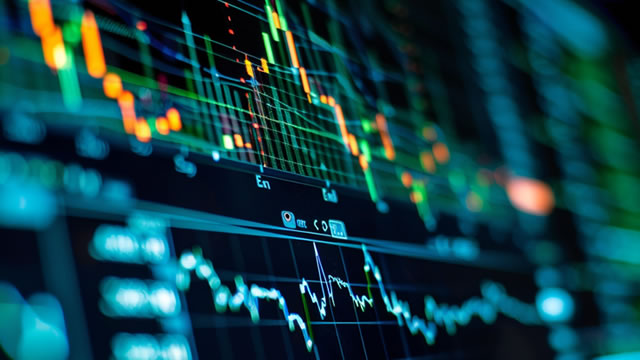Market Volatility: A Rollercoaster Ride for Investors
The stock market experienced a turbulent day on Monday, with the SPX (S&P 500 Index) opening with optimistic numbers but eventually succumbing to bearish index technicals. Kevin Green, a renowned financial analyst, sheds light on this intriguing market behavior.
The Opening Gambit: Optimism
As the trading week commenced, the SPX opened with a positive outlook, displaying a 0.3% increase. This upward trend was influenced by several factors, including the ongoing recovery of the technology sector and the optimism surrounding the progress of the COVID-19 vaccine rollout. However, the market’s initial enthusiasm was short-lived.
The Midday Dip: Bearish Indicators
As the day progressed, the SPX began to exhibit bearish tendencies. This shift was primarily attributed to the deteriorating technical indicators, which include the moving averages and the relative strength index (RSI). These indicators signaled a potential trend reversal, causing many investors to reconsider their positions.
The Closing Hours: Uncertainty and Volatility
The final hours of trading saw a flurry of activity as investors attempted to navigate the market’s unpredictable nature. The SPX experienced significant intraday swings, with prices fluctuating by more than 1% at various points throughout the session. By the end of the day, the index had closed with a modest 0.1% decline.
The Impact on Individual Investors
For individual investors, the market’s volatility can be a source of anxiety and uncertainty. It is essential to maintain a long-term perspective and avoid making hasty decisions based on short-term market fluctuations. Diversification of investment portfolios and regular rebalancing can help mitigate the risks associated with market volatility.
- Maintain a long-term perspective
- Diversify investment portfolios
- Regularly rebalance portfolios
The Impact on the Global Economy
The market’s volatility can also have far-reaching consequences for the global economy. Companies may experience increased uncertainty, which can lead to reduced investment and slower economic growth. Moreover, the volatility can impact consumer confidence, potentially leading to decreased spending and further economic downturns.
- Increased uncertainty for companies
- Reduced investment and slower economic growth
- Impact on consumer confidence
Conclusion: Navigating Market Volatility
The market’s volatility on Monday serves as a reminder of the inherent risks and uncertainties associated with investing. While it is essential to stay informed and adapt to changing market conditions, it is equally important to maintain a long-term perspective, diversify investment portfolios, and remain patient in the face of short-term market fluctuations. By doing so, investors can navigate the market’s rollercoaster ride and achieve their financial goals.
As we move forward, it is crucial to keep a close eye on market indicators, economic data, and geopolitical developments to better understand the underlying trends and make informed investment decisions. Remember, a well-thought-out investment strategy, combined with patience and discipline, can help investors weather the storms of market volatility and emerge stronger on the other side.





